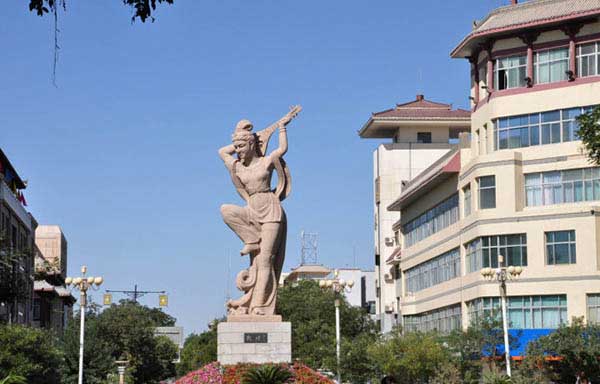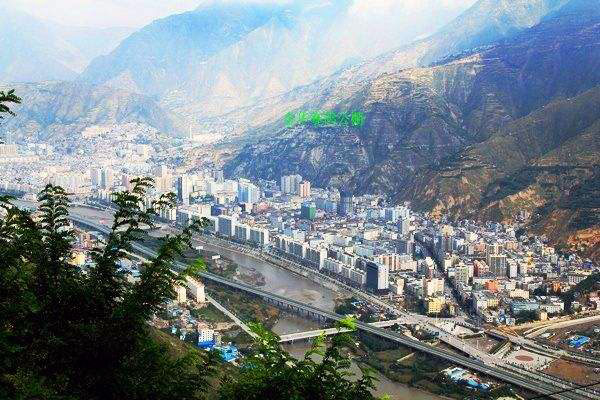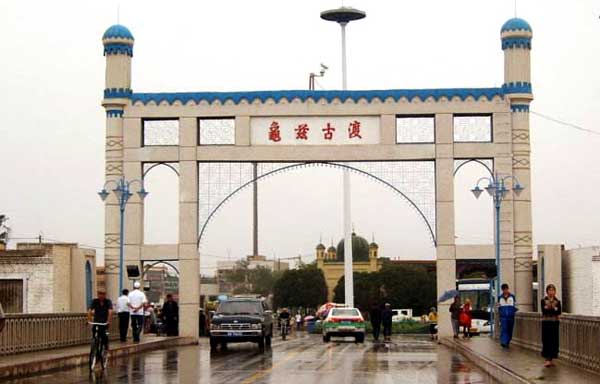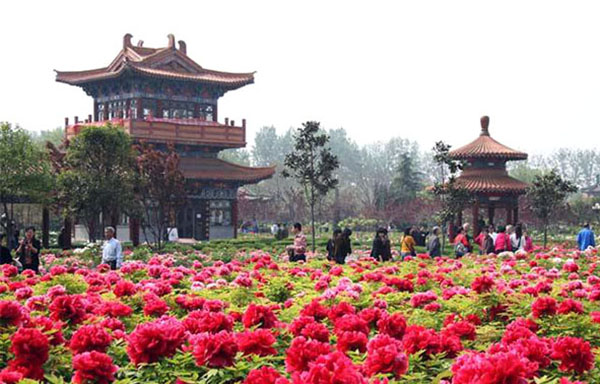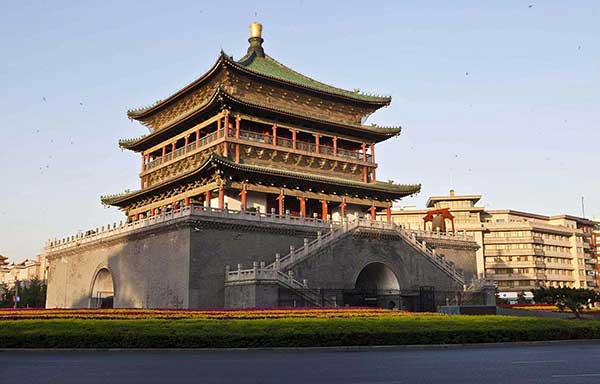- By admin
- In TheSilkRoadKnowledge
- 2016-05-15
Silk Road history buried under sand

Taklimakan is the largest desert in the country. Measuring 330,000 square kilometers, it's a
scene of endless sand. But buried under this vast desert are relics of the Silk Road, one of
the greatest commercial routes in history that linked the east and west.
Taklimakan is the largest desert in the country. Measuring 330,000 square kilometers, it's a scene of endless sand. But buried under this vast desert are relics of the Silk Road, one of the greatest commercial routes in history that linked the east and west.
117 years ago, in 1896, Swedish explorer Sven Hedin made a surprising discovery at the oasis town of Dandan Oilik, in the heart of the Taklimakan Desert.
Zhang Yuzhong, former deputy director of Xinjiang Archeology Research Institute, said, “In the past, experts in China and abroad had believed there was no trace of humans in the desert. But Sven Hedin found many remains of houses. Then Aurel Stein, another explorer known as a pioneer of the Silk Road, stayed there for two weeks, and found the remains of another 18 residential houses and identified some temples. He also found documents from the Tang and Han dynasties.
In 1900, Hedin once again visited the Taklimakan. In this expedition, he found the ruins of the ancient city Loulan, buried under the sand.
Zhang said, “The ancient city of Loulan is the capital of the Loulan kingdom, which dates back even further than Dandan Oilik. These two discoveries, Dandan Oilik and Loulan, are signature archeological events in Xinjiang.”
In 1910, ten years after Loulan was found, a local hunter discovered a tomb near a creek 175 kilometers away from Loulan. It was named the "creek tomb". Built using more than 100 wooden poles erected on a sand dune, the tomb is regarded as one of the most intriguing mysteries in ancient Asian civilization.
Zhang said, “It belongs to the early bronze age, whose history in Xinjiang stretches back to 4,000 years ago.
Half a century later, in 1979, a female corpse dating back nearly 4,000 years was discovered in Loulan. The corpse was well preserved, and nicknamed the "Beauty of Loulan".
In 1995, an ancient brocade appraised as made in Sichuan province during the Han dynasty, was found at Niya ruin in the south of the Taklimakan Desert. It became one of the top archeological finds that year.
In 2003, during a dig at the "creek tomb", another well-kept female corpse was found. Also estimated at over 4,000 years old, the corpse still had beautiful facial features, thick eyelashes, and a visible smile. Her beauty once again stunned the world, 24 years after the discovery of Loulan beauty. A funeral system involving "reproduction worship" was also revealed.
The discoveries at the Taklimakan Desert tell us a prosperous history is buried under the biggest desert of China. Who knows what other revealing discoveries can be expected there next.
Related destinations
Why Choose Us?
We are the top Silk Road tour operator based in Dunhuang, China. We focus on providing well designed Silk Road China Tours with resonable price and thoughtful service.
- Easy & carefree booking
- The best value
- Great travel experience
- Locally operated
Hot Tours
-

6 days Gansu tour to Binglingsi, Xiahe and Langmusi
Tour type : Private tour Price : from *** Destinations : Lanzhou - linxia - Xiahe - Langmusi - Hezuo - Lanzhou -

12 Days Gansu Highlights Tour
Tour type : Private tour Price : from *** Destinations : Xian – Tianshui – Lanzhou – Xiahe – Langmusi – Hezuo – Zhangye – Jiayuguan - Dunhuang -

10 Days Silk Road Classic Tour
Tour type : Private tour Price : from *** Destinations : Xian - Zhangye - Jiayuguan - Dunhuang - Turpan - Urumqi -

5 Days Zhangye - Alxa youqi Highlights Tour
Tour type : Private Tour Price : from *** Destinations : Zhangye - Alax youqi - Zhangye

